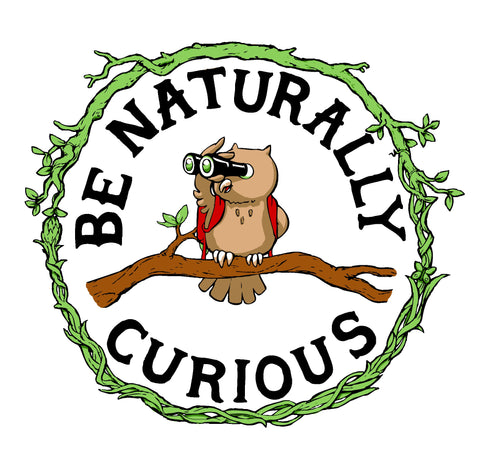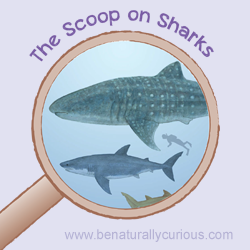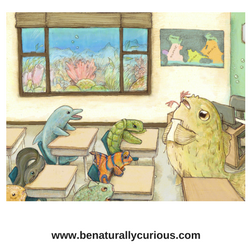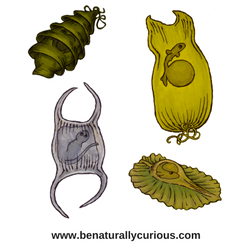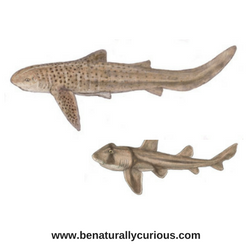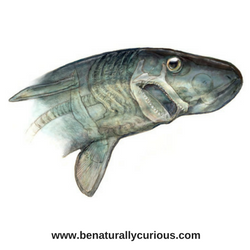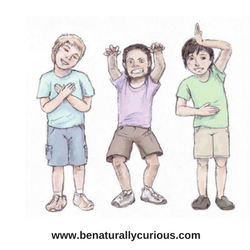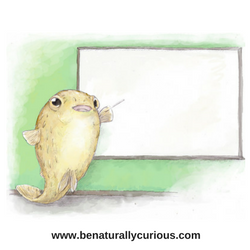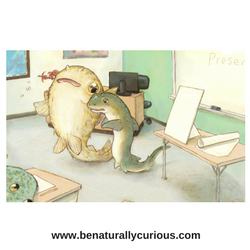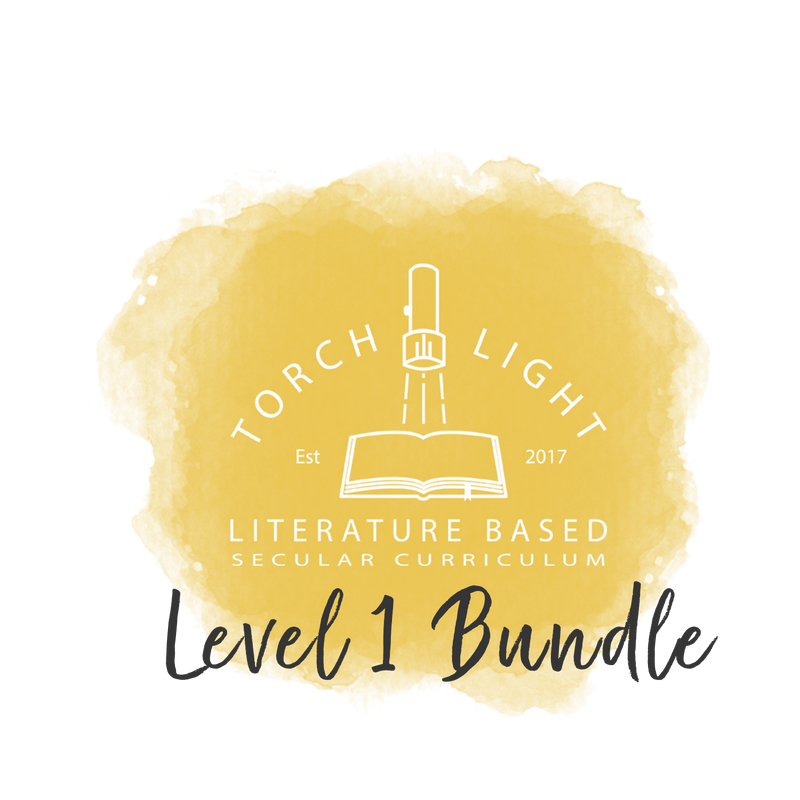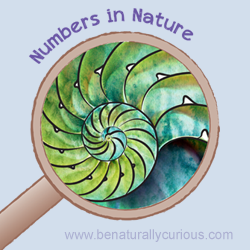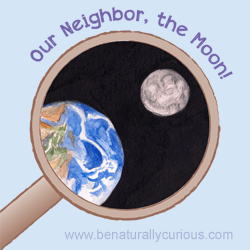The Scoop on Sharks
Do you think all sharks are scary? Well, they aren’t! Sharks come in a wide range of shapes and sizes (over 300 different kinds) and eat different kinds of food from oysters to tiny plankton. In The Scoop on Sharks you’ll learn about shark diversity, and get a sense of their body sizes and habitats. You’ll also learn about the special anatomy of sharks and how the jaws of different sharks match the kind of food they eat. Ready to become a museum expert on sharks and build your own stuffed shark? Dive right in!
Mini-course is provided as a 29-page PDF including a Science Tool Kit page to use to collect your badges.
Prefer a printed mini-course? The Scoop on Sharks is also available as a beautiful workbook here on Amazon.com.
Course Contents
- Story: The Scoop on Sharks. Join Mrs. Puffer and her class of turtles, crabs, and fish, to hear the students present what they’ve learned about sharks.
- Activity 1: Sharkify: Make a Shark! Turn a stuffed animal into a shark (temporarily) by adding important shark anatomical features.
- Activity 2: Shark Lengths and Locations. Use string to compare the sizes of different sharks and the included map to see where each kind lives. Use the included Experimental Journal to think more deeply about what you’ve observed.
- Activity 3: At the Museum: Mix and Match Jaws. See how the structure of a shark’s jaw matches the jaw’s function (what it eats). Become a museum expert and share your knowledge of shark jaws with others!
- Activity 4: Shark Rock-Paper-Scissors Tag. Who will win: sharks, students, or pollution?
- Curiosity Connector. Curious about people who swim with the sharks? Use these links for interesting videos and extra games to test your shark knowledge.
- Tools for Your Tool Kit. See if you can answer all the questions about shark anatomy and diversity to earn Tools for your Science Tool Kit.
- Glossary. Learn the scientific terms for describing shark anatomy and behavior.
Materials Needed
Stuffed animal, scissors, sandpaper, black construction paper (plus a few other colors), string or yarn (at least 80 feet!), 2 small balloons, 2 safety pins, measuring tape, colored pencils, markers, or crayons (black, gray, red, green, blue), playdough or similar clay, wide-open space, masking or painter’s tape, glue (optional)
Concepts and Ideas
The Scoop on Sharks includes the following Disciplinary Core Ideas as described in the Next Generation Science Standards:
LS1.A. Structure and Function, LS1.B. Growth and Development of Organisms, LS2.A. Interdependent Relationships in Ecosystems, LS4.D. Biodiversity and Humans
Scientific Expert Tucker Hirsch.
Illustrations by Rachel Caauwe.
